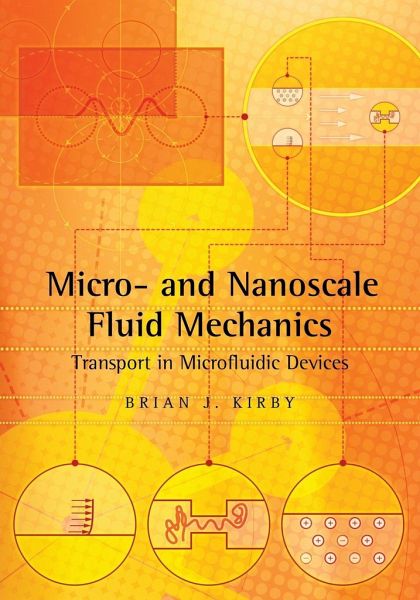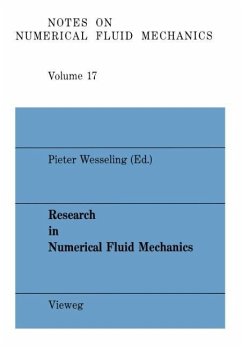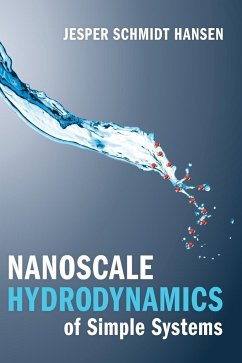
Micro- And Nanoscale Fluid Mechanics
Transport in Microfluidic Devices
Versandkostenfrei!
Versandfertig in 1-2 Wochen
89,99 €
inkl. MwSt.

PAYBACK Punkte
45 °P sammeln!
This text is designed with the goal of bringing together several areas that are often taught separately  namely, fluid mechanics, electrodynamics, and interfacial chemistry and electrochemistry  in order to prepare the modern microfluidics researcher for analysing and modeling continuum fluid mechanical systems encountered when working with micro- and nanofabricated devices.














